Carnival season is one of the world’s most eagerly awaited times of year. Streets will be filled with colour, costumes, dancing and an outpouring of joy as communities show off the best of their cultural and folk traditions. Although local customs vary considerably between countries, they typically have one thing in common: troupes of dancers and performers decked out in vibrant traditional dress parading through the streets, putting their unique culture and heritage on display for locals and visitors alike.
In Latin America, these Carnivals are usually celebrated between January and March, just before Lent, and take place all over the continent from Mexico to Argentina. If you’re not sure which destination to visit, let us be your guide – there’s something for everyone in the parades, traditions and delicious culinary delights associated with this time of year. Are you ready to party?
Carnival de Oruro, Bolivia
Combining Spanish and indigenous religious traditions, and declared a “Masterpiece of the Oral and Intangible Heritage of Humanity” by UNESCO, this celebration sees 48 folkloric groups gather to make a pilgrimage to the Socavón Sanctuary, all the while moving to the rhythm of typical dances such as the diablada, the morenada and the caporales. The diablada is one of the most important, with dancers dressed as colourful devils being symbolically led out of hell by archangel Gabriel in order to face trial. If time and budget permit, try to pay a visit to Bolivia’s Salar de Uyuni, the world’s largest salt flat and one of our recommended trend destinations for 2018.
Montevideo Carnival, Uruguay
While other locations lay claim to being the biggest or most famous, Montevideo is notable for having the longest Carnival in the world. For 35 days, the Uruguayan capital dresses up for a mass celebration complete with parades, contests and dances. The traditions date back to early colonial days, when African slaves expressed the pain and longing for their homeland through song, dance and drumbeat. From those roots emerged candombe music, which together with murgas musical theatre form the pillars of this celebration. The Carnival opens with a parade on Avenida 18 de Julio, the main thoroughfare of the city, amidst troupes of performers, music and dance. The following weeks are awash in festivities, from parades of Samba schools to dance competitions and the traditional Calls Parade through the neighbourhoods of Sur and Palermo to celebrate the event’s African heritage.
Carnaval de Rio, Brazil
Without a doubt, the world’s most famous carnival is the one in Rio de Janeiro, thanks to its production value with spectacular costumes, over-the-top floats and competitive dance shows. The Rio Carnaval is celebrated each year for four days in the week before Ash Wednesday, filling the city streets with vibrant colour and music; preparations begin months in advance to ensure a truly world-class spectacle. The parade at the Sambadrome is the heart of Carnival, where schools compete with impressive dance shows for the honour of being named the Carnaval champions. However, the party doesn’t end there: the spirit of Carnival extends to all corners of the city, where groups known as Blocos de Rua organise parades in neighbourhoods such as Ipanema, Copacabana and the historic centre. Get ready for an overdose of Samba.
Barranquilla Carnival, Colombia
Barranquilla’s famous Carnival is arguably the greatest example of a triple cultural fusion (European, African and indigenous), in which the Catholic festivities brought by the conquerors were combined with aboriginal ceremonies and the musical heritage of the African slaves. The result is a hugely popular festival, which was also recognised by UNESCO as a “Masterpiece of the Oral and Intangible Heritage of Humanity”. The Carnival is celebrated four days before Lent and begins with the Battle of Flores, a parade of floats and troupes of performers presided over by the characters of Queen, King Momo and María Moñitos. After days of intense rumba to the rhythm of cumbia and mapalé music, the party comes to an end with the death of Joselito Carnaval, the event mascot and symbol of the happiness of Barranquilla – but before he dies, a good time is guaranteed for all.
Carnival of Gualeguaychú, Argentina
Sequins, feathers and endless dancing are all at the forefront of Argentina’s most important Carnival. Celebrations in the “capital of the gaucho” take place every Saturday in January and February, in a show consisting of three processions featuring hundreds of artists on stage in the popular Corsódromo, a 500-metre-long runway that allows troupes to put on an impressive show for visitors from across the globe; this year, the Ara Yevi, Papelitos and O’Bahía troupes will compete for first place. Don’t miss this extraordinary experience if you’re visiting Argentina.
Carnival of Veracruz, Mexico
This boisterous Carnival is celebrated in the port of Veracruz (one of the country’s most important centres for gastronomy and tourism). A mixture of locals and foreigners gather for nine days along the famous Manuel Ávila Camacho Boulevard to see the festivities, which start with the burning of “bad humour”. This is subsequently followed by the coronation of the Carnival Queen, the King of Happiness and the Infant Kings, before concluding with the funeral of Juan Carnaval.
Carnival of Puno, Peru
The month of February is quite hectic for residents of the city of Puno, with a trio of important cultural events all being celebrated in close succession: the Feast of the Virgin of Candelaria, followed by Tourism Week and the Puneño Carnival, ensuring that the city easily lives up to its billing as the Peruvian Folklore Capital. During the celebration of the Virgin, dance groups put on a show dressed in brilliant costumes decked out with lights, but at Carnival, performances are marked by dancers in traditional coloured skirts, corduroy blankets, black hats and white handkerchiefs that flutter in time with their upbeat steps. A variety of dances, such as the morenada, the diablada and the caporales, as well as the tarkadas and the chacalladas, all delight festival-goers – it’s hard to resist the appeal of this heritage-driven celebration.
Carnival of the Dominican Republic
All across the country, Carnival time sees the Dominican Republic put on one of the most colourful and joyful celebrations of the year. Everyone seems to participate, taking to the streets to share in the lively atmosphere. Celebrated during the entire month of February, the tradition is intermingled with festivities marking the national Independence Day, adding to its importance for locals. Although the whole country basically combines into a single party, the two most important carnivals are held in La Vega and Santo Domingo, which summon thousands of people to their streets to watch the parades of masked devils dancing to African rhythms. Characters such as “the twisted devil” and “the hen thief” are the key protagonists of the show, but there’s no need to be afraid!
Carnival of Guaranda, Ecuador
Known as the greatest festival in all of Ecuador, this Carnival set in a valley high in the mountains is a popular event bursting with music and dance, and brimming with Andean flavour and tradition. The celebrations, which usually take place between February and March, feature events such as the Children’s Carnival, musical contests, the election of the Queen as well as the Taita Carnival and the Indigenous Carnival. All throughout the Carnival of Guaranda, celebrations are accompanied by streamers, flowers and candies, as well as spirited battles among locals with perfumed powders, corn flour and water.
Carnivals of Panama
The Carnivals of Panama, also called the Festivals of King Momo, are celebrated for four consecutive days before Ash Wednesday, in cities including Panama City and Las Tablas. The occasion begins with the election of the Carnival Queen, and continues with Sunday parades in which dancers, musicians and women in vividly coloured skirts make their way through the streets. One of the most beloved traditions is the famous mojaderas (drenching), where attendees in public squares are – you guessed it – drenched by water trucks, hoses or simply buckets of water, adding to the light-hearted atmosphere. Carnival ends on Tuesday night, when the overly theatrical burial of a sardine marks the conclusion of the festivities.
Article by Jenny Aguirre

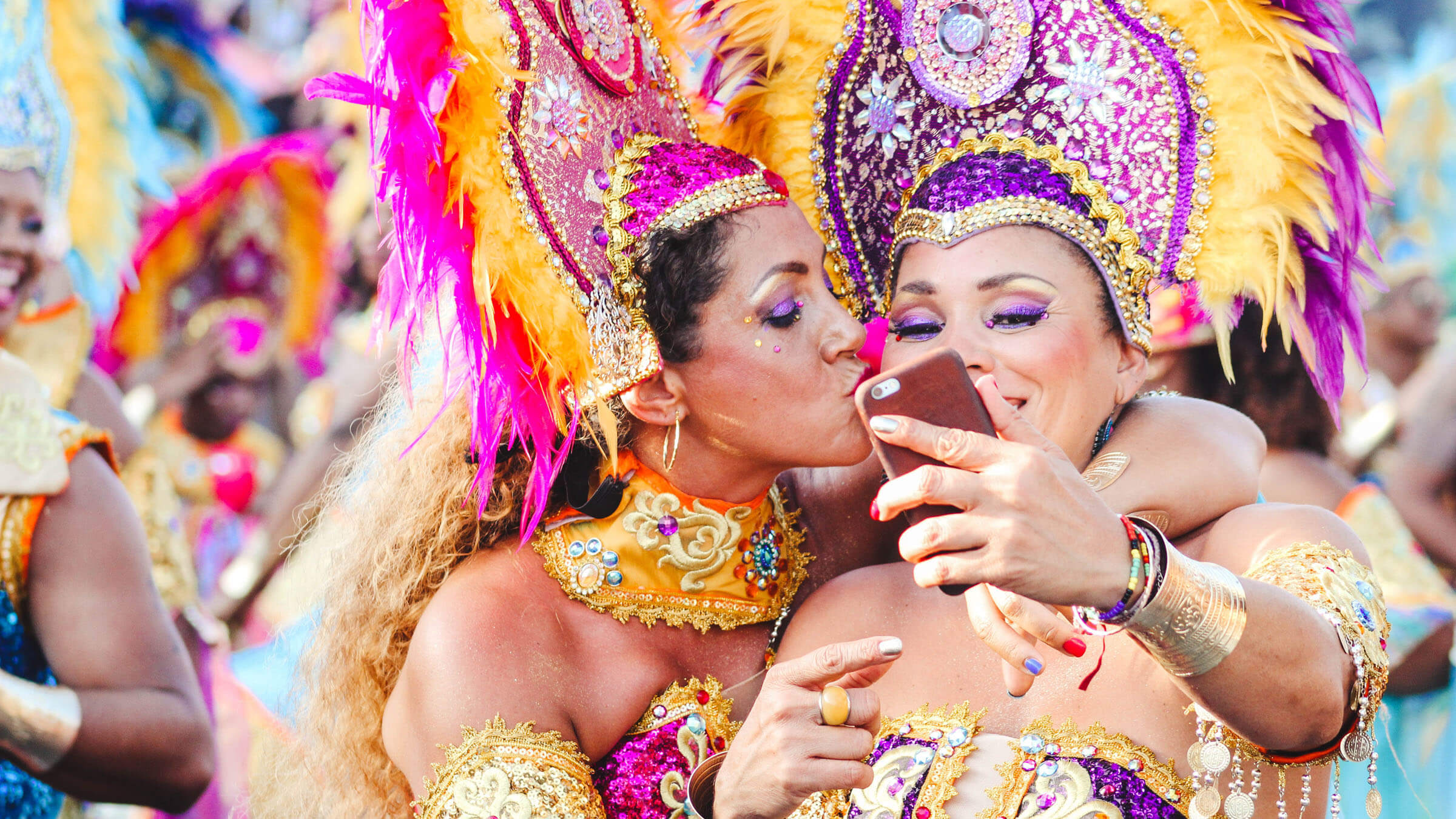
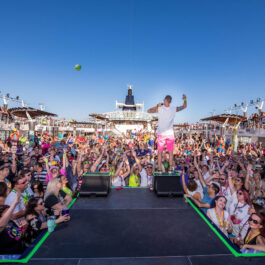
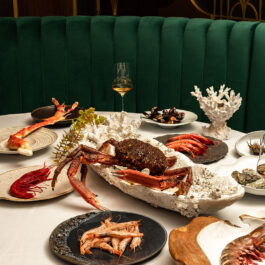

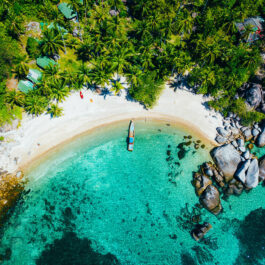
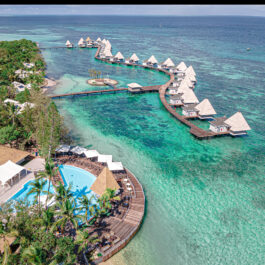

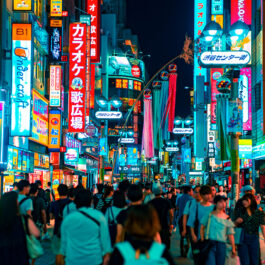
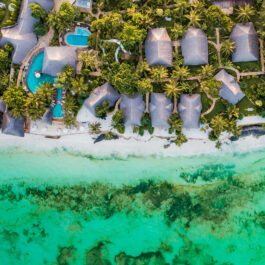

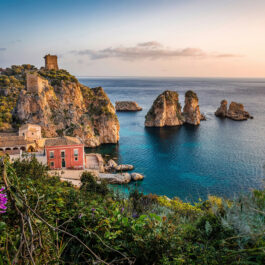


Sorry, the comment form is closed at this time.